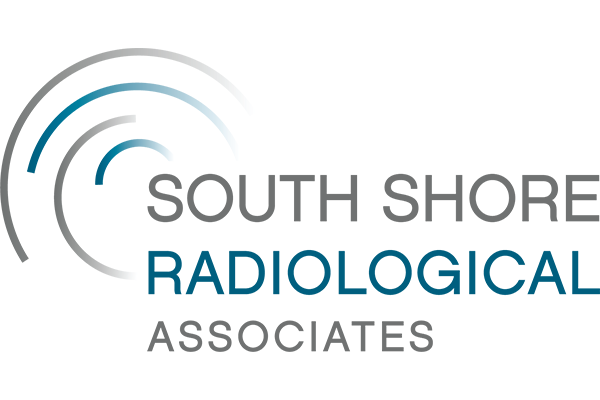Digital Screening Mammography (2D)
Mammography uses low-dose X-rays to create 2D images of the breast. A radiologist trained to read mammograms studies the images for signs of breast cancer. The American College of Radiology recommend average-risk women to start annual breast cancer screening with mammograms at age 40. Mammography can detect cancers at an early stage, when they are smallest, and the odds of survival are highest.
Digital Breast Tomosynthesis (3D)
Digital Breast Tomosynthesis (DBT, also known as 3D mammography) creates multiple images that step through the breast tissue and allow the radiologist to see greater detail and reduce the impact of overlapping breast tissue. The process is performed at the same time as a normal mammogram without differences in the patient experience or time spent. This improvement in visualization can result in fewer patient callbacks and therefore less anxiety during the process.
Breast Ultrasound
Breast ultrasound imaging is a safe, painless, and non-invasive medical test that is used to evaluate and further diagnose areas of concern involving the breast. Breast ultrasound does not replace the need for mammography. Mammogram images are still needed to evaluate the entire breast.
Breast MRI
Breast Magnetic Resonance Imaging (MRI) uses a magnetic field, radiowaves and a computer to produce detailed pictures of the structures within the breast. Breast MRI is considered a supplemental tool to mammography and/or ultrasound. Breast MRI is beneficial for screening patients who are at elevated risk for breast cancer due to genetic predisposition or strong family history, diagnosing breast implant rupture, staging breast cancer and planning treatment.


